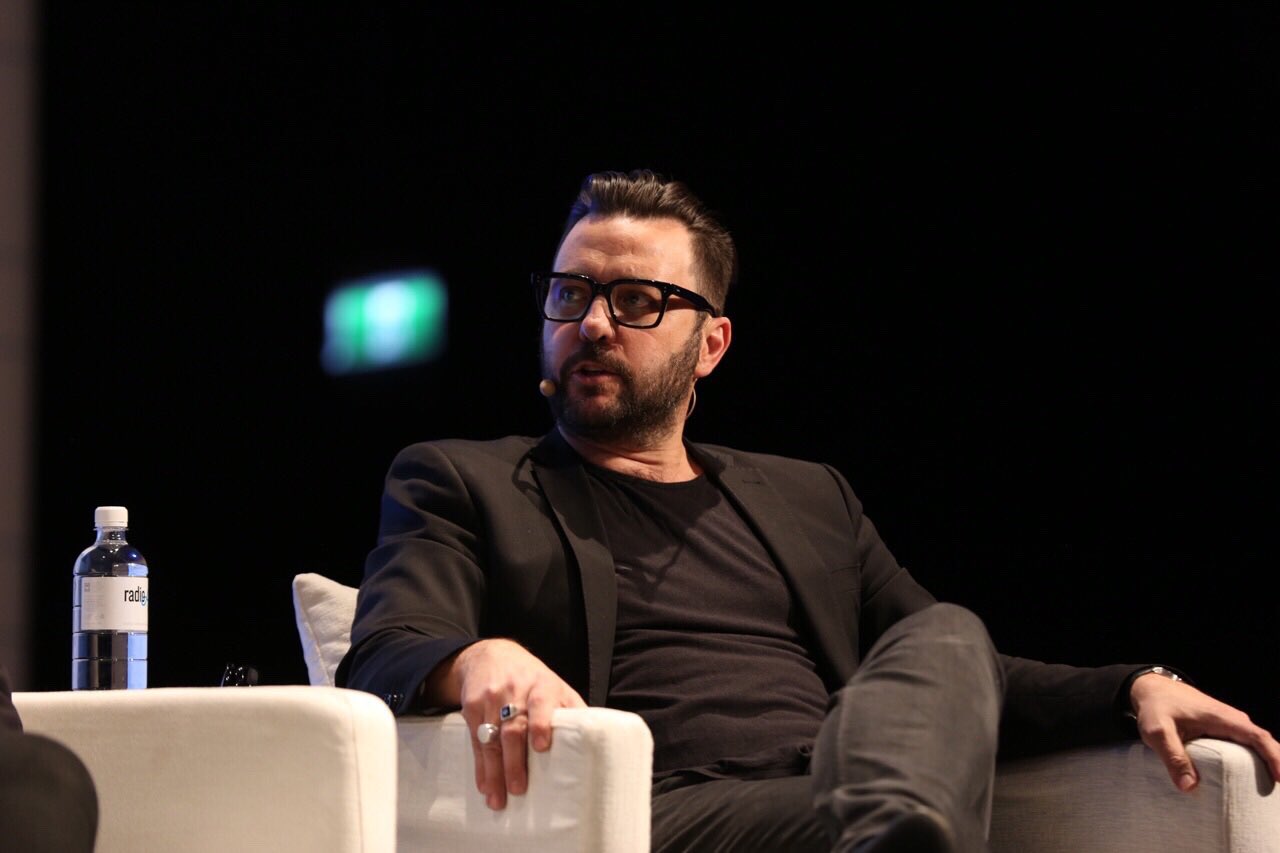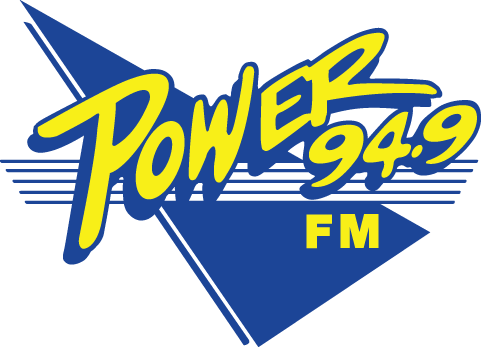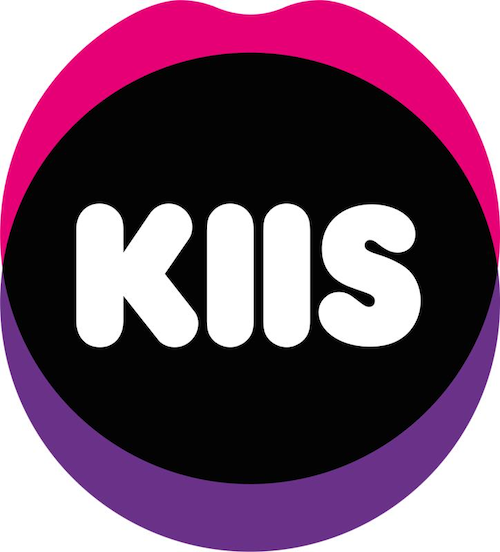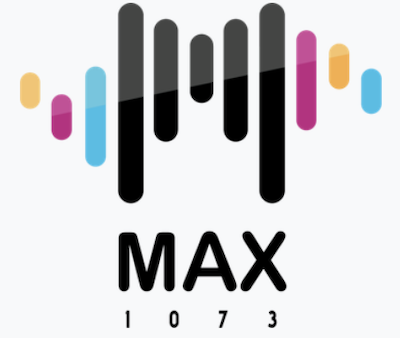Radio Alive 2017: “Smart speakers put radios back in the home for the first time in 20 years”

The traditional radio landscape is long gone – it’s all about on-demand audio, exclusive content and now smart speakers.
But how do radio broadcasters keep up with this advancement in technology, especially when audio is no longer just audio?
That was among the many questions tackled by the “New World of Audio” panel at Radio Alive 2017, consisting of Audible’s head of APAC Matthew Gain, COO for iHeartRadio Australia and Asia Geraint “Gee” Davies, Triple M Network head of content Mike Fitzpatrick and associate director for content and entertainment products at Optus Bushra Abel.
Here are some of the key points highlighted by the group.
Recognise what your listener is doing while consuming your content
“Audio is a wonderful platform you can consume while doing other things,” COO for iHeartRadio Australia and Asia Geraint “Gee” Davies said.
The fact that listeners are consuming podcasts and other longer-form content while they’re at home or commuting is widely known, however it still offers apps two opportunities – to deliver personalised and uniquely local ads to those consumers, and to encourage listeners to stay longer.
The place for audio is when "your eyes are busy but your mind is free" according to Audible's Matthew Gain. #RadioAlive2017
— radiotoday.com.au (@radiotodayanz) October 13, 2017
Don’t be afraid to use video to get into social media feeds
As social media – and the world in general – moves towards more video-based consumption, it can be hard for audio to cut through.
Panel moderator Trevor Long posed the question: “What is the role of audio – and frankly the radio industry – in driving a change in the way we consume audio?”
“The most obvious thing to do there is create video content that compliments your radio content,” Mike Fitzpatrick said.
“Who wants to see two people sitting in a studio talking? It needs to be interesting. The Collective Noun guys who work for the Hit Network in Brisbane are doing some amazing stuff. They shoot themselves in the studio doing their show and then go back and do post-edits and they do video overlays.”
“You’re not talking about three hours of video content, you’re talking about bite-size pieces of two to three minutes.”
The industry needs to focus on quality, and develop the next big thing
The question that plagues every industry, not just radio, is “What’s next?”
The tone of the day has been positive around advancements in technology, and this panel saw things no differently.
“The big one that’s here – it’s not coming, it’s here – and it’s not necessarily a giant killer it’s a huge opportunity for radio, is smart speaker technology,” Fitzpatrick says.
“These are gamechangers for us, because it puts radios back in the home for the first time in 20 years. People don’t wake up to clock radios anymore or have radios in their kitchen, but now they do.”
Fitzpatrick also argues that listeners in the near future should have the option to not only choose the news briefing that devices such as Google’s Alexa delivers, but to also be served content that’s not just recycled from radio.
“Serve me something you’ve created specifically for that moment when I’m in the kitchen. This smart speaker technology will change everything for us.”
“The giant killer hasn’t even been invented yet,” Fitzpatrick added.
“I think radio companies should be investing in research and development to ensure that we’re coming up with the next platform and we’re working on how our audience is going to continue to be.”



